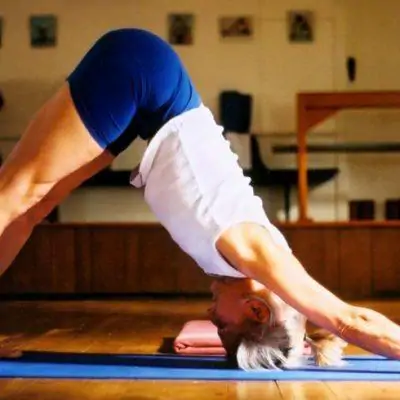Introduction
This is more of a slow, flowing sequence, and it is a bit briefer than usual at about 1 hour 20 minutes. It works on ‘sequencing of actions’ rather than classical groupings or sequences of poses. The aim here is to get certain actions to happen in one Asana, and then find that same action in another Asana that seems at first sight different, but is still similar in key principles.
We start off in Supta Virasana and then come up for forward Virasana.
From here stand for Uttanasana, and take a few moments to really bring your focus to the feet and the back of the legs.
Step back into Adho Mukha Svanasana, with feet together, taking one leg back and up, and change.
Step forward for Parsvottanasana, hands to the floor, arms extended forward. Then change.
Step back to Uttanasana, and take one leg back for Urdhva Prasarita Ekapadasana. Change sides.
Adho Mukha Vrksasana, going up first with the most familiar leg, and then change to the less familiar leading leg and go up again.
A four part set of Asana-s to find the action of the leading leg buttock and the opening of that inner thigh: Utthita Hasta Padangusthasana 2, Ardha Chandrasana (back foot to the wall), Supta Padangusthasana 2, and then from Adho Mukha Svanasana go into Vasisthasana 2.
Parsvakonasana, to find the bend of the leg, to prepare for Bhujapidasana from Uttanasana, feet apart.
Now move into Prasarita Padottanasana, taking the hands back past the feet, palms facing up. Compare this to Upavistha Konasana, as you walk the hands forward. Now go into Kurmasana, arms extending back.
Finish this section with Tittibhasana, noticing the opening required at the back of the legs, especially just under the buttock creases, and then observe how the full extension into the feet helps stay up in the pose.
Virasana and Parvatasana, to lead into Krounchyasana.
Follow this with Eka Hasta Bhujasana, BaddhaKonasana, and then go into Asta Vakrasana. The leg work is as important as the arms.
Stand for a short series of repetitions of: Tadasana, Urdhva Hastasana, Utkatasana, Uttanasana and back to Tadasana. Be creative and change what order you do these in, repeating a good number of times.
Tadasana and Baddanguliyasana to lift the side chest, the centre of physical energy.
Today go into cross bolsters instead of Sirsasana, to open the chest and take the back ribs in, after the balancing work.
Then set up for Setu Bandha Sarvangasana to open the front body, spread across the diaphragm and bring you opening and restoration in general.
To finish, some quiet and restful forward bends: Simple cross-legs forward to the bolster, Janu Sirsasana with head support, and Paschimottonasana with head support.
Finish in Savasana.
View sequence
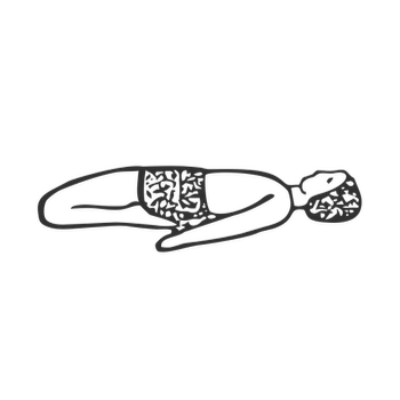
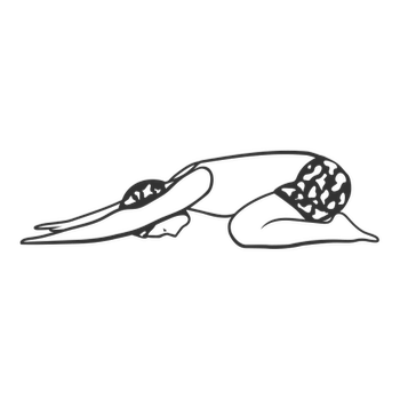
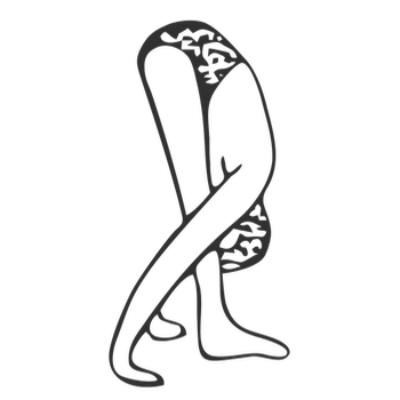
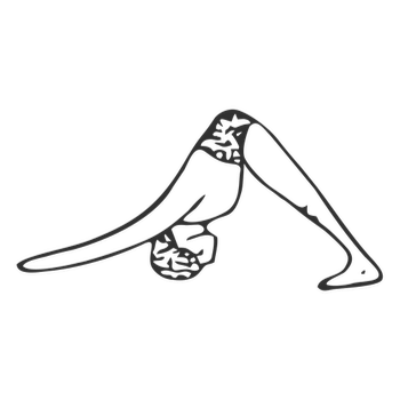
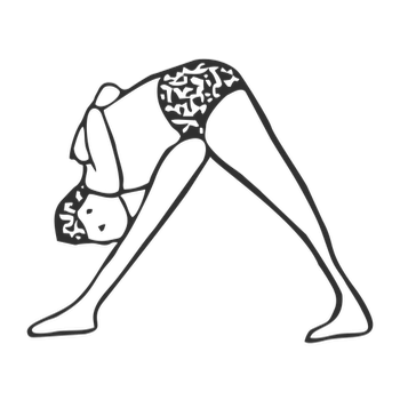

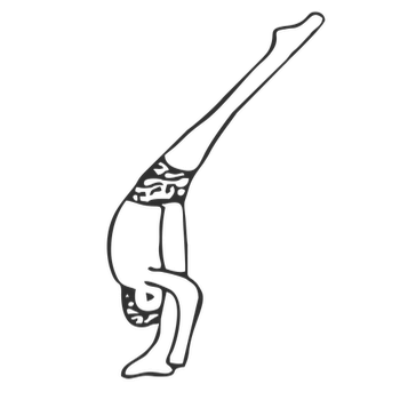
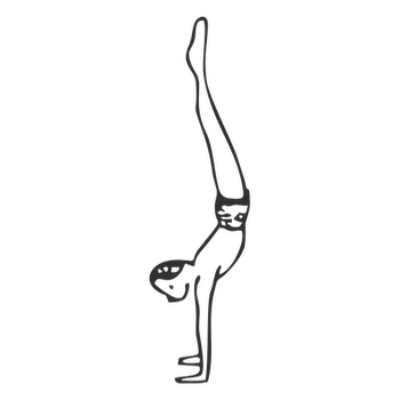

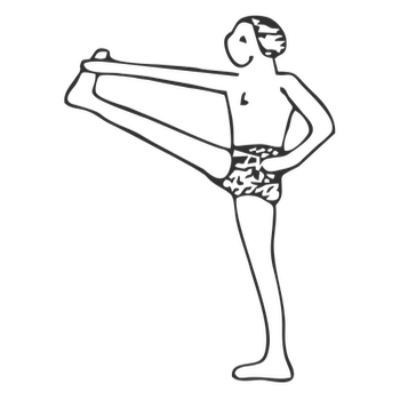

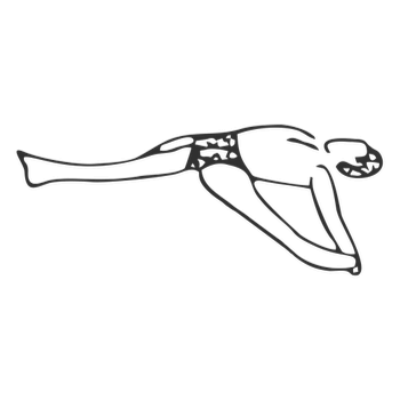

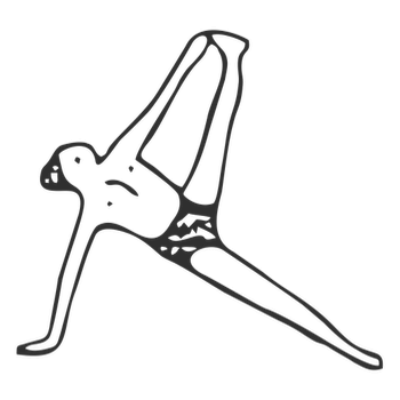

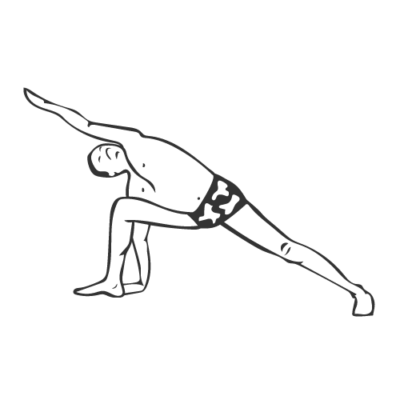

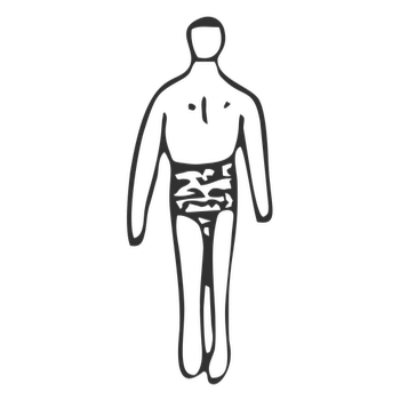
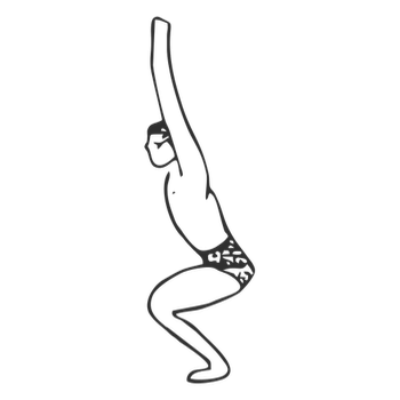

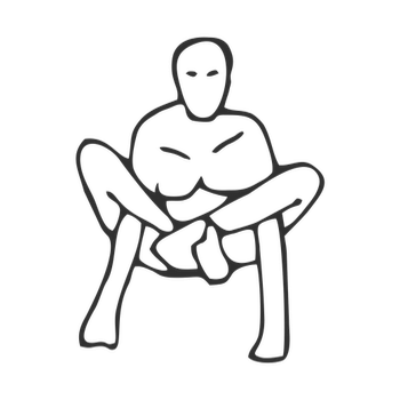
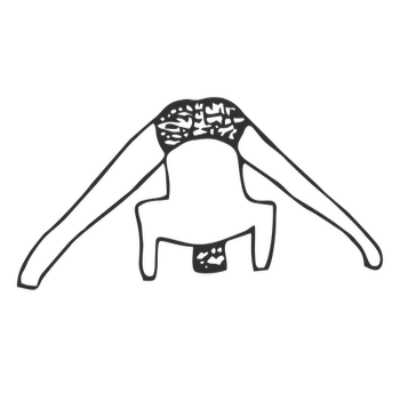
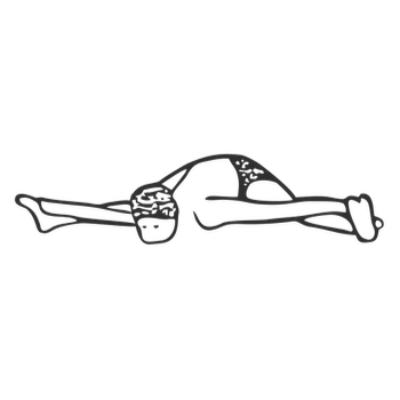
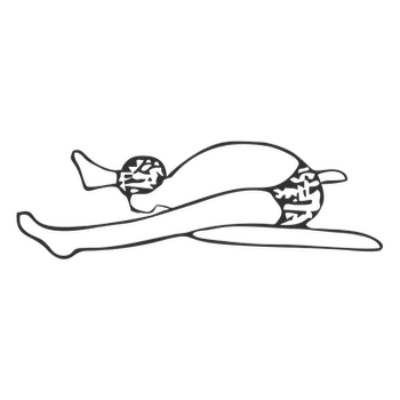

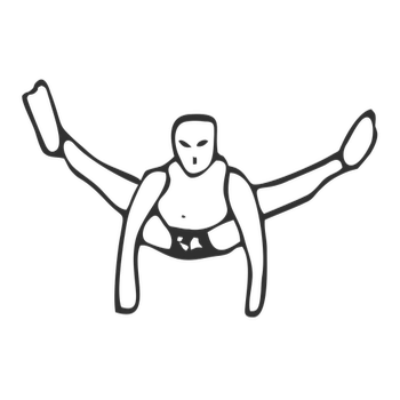
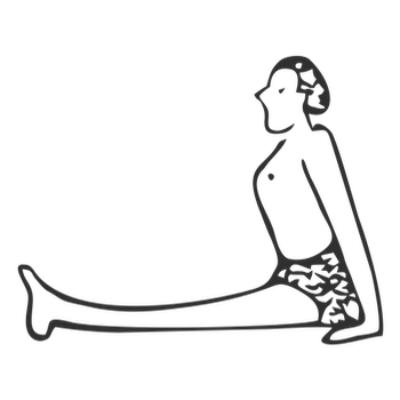

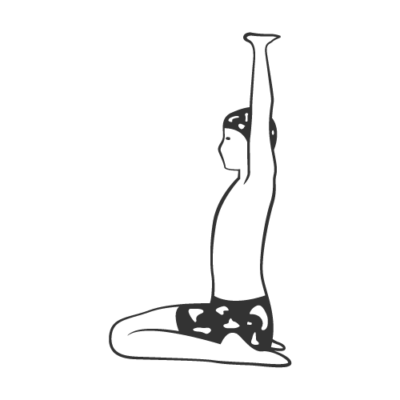

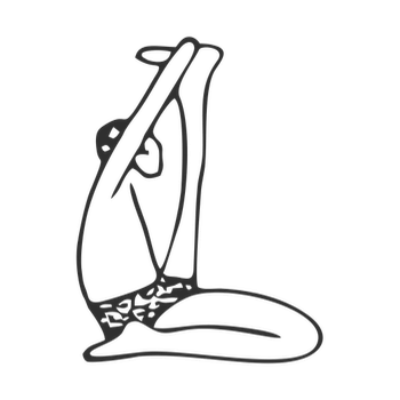
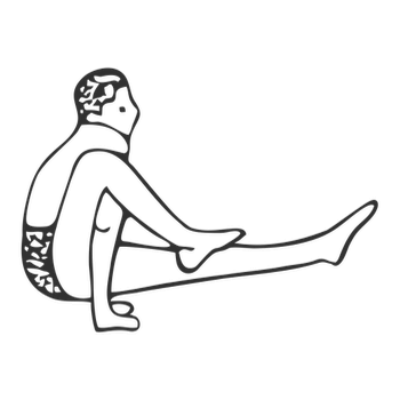

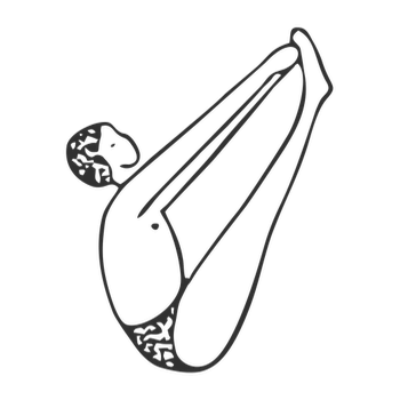
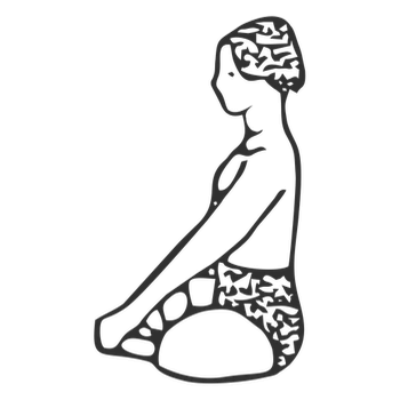





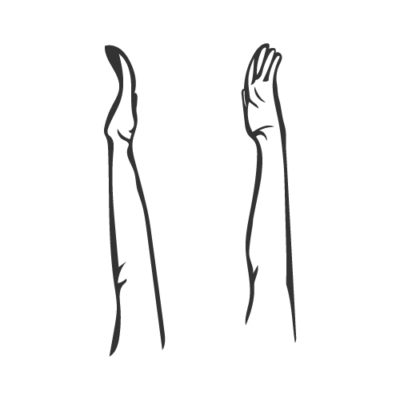




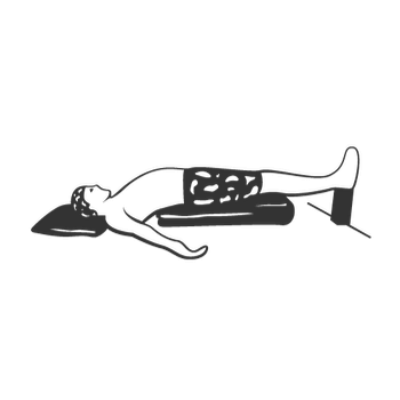

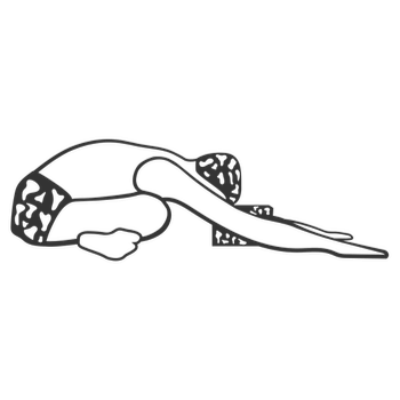
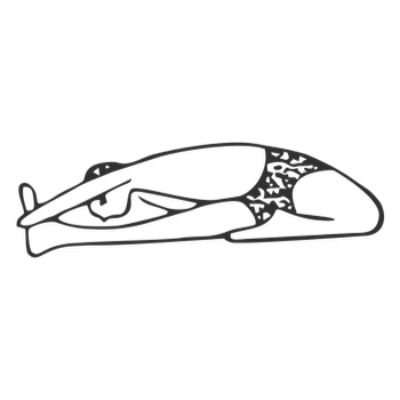
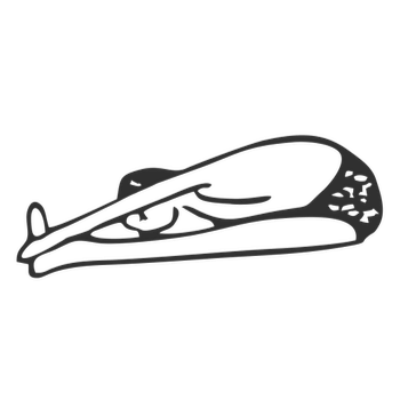
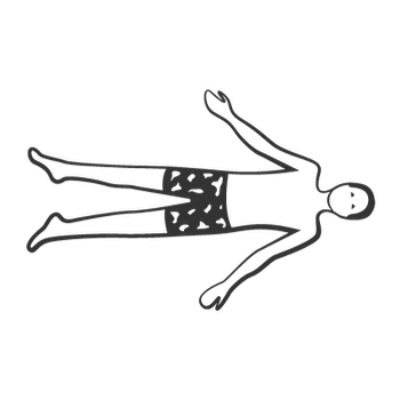
Share
Save PDF and print
You are welcome to download the PDF of the sequence and print and distribute it freely. You may have to wait up to 30 seconds for the PDF to generate. Please credit the teacher who created it. All illustrations from Dona Holleman’s ‘Yoga Darśana’, RIMYI Institute texts and Yoga Vastu illustrators for original asana drawings.
